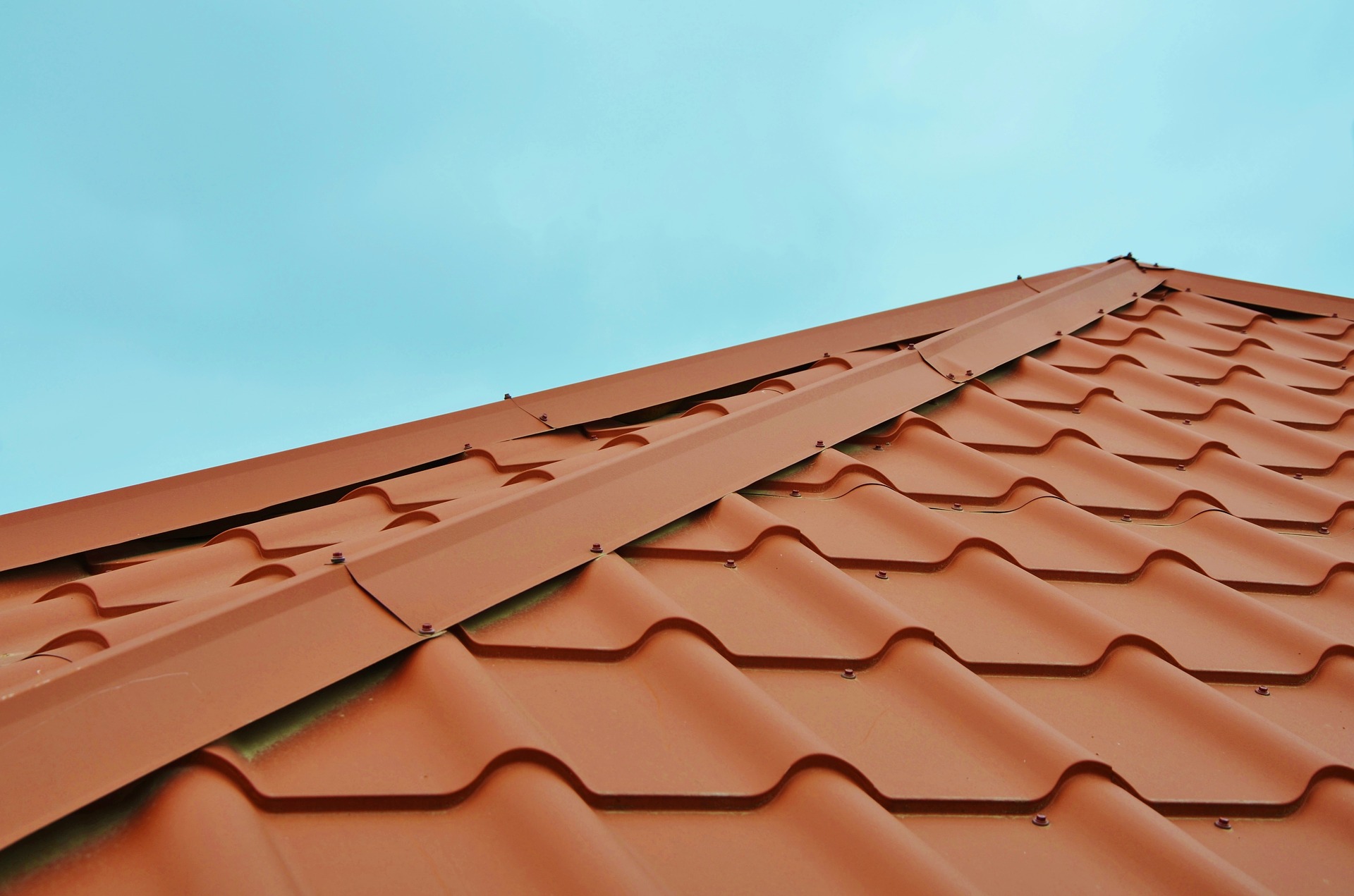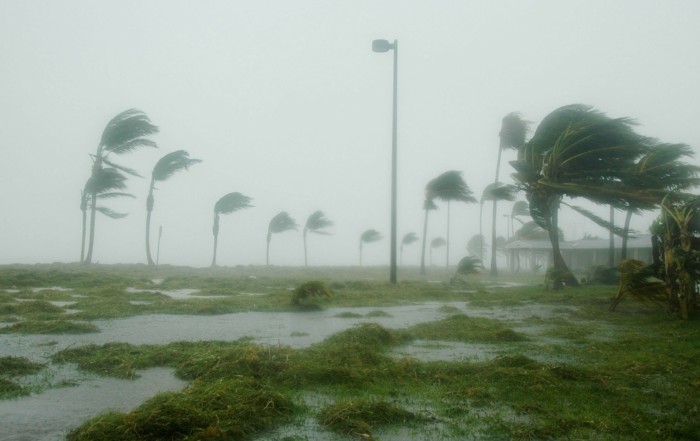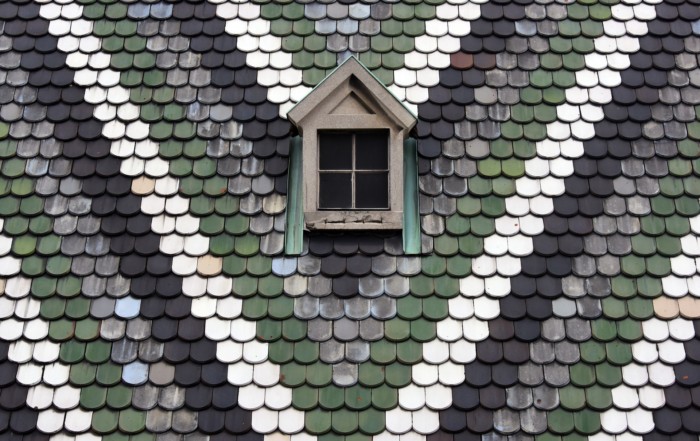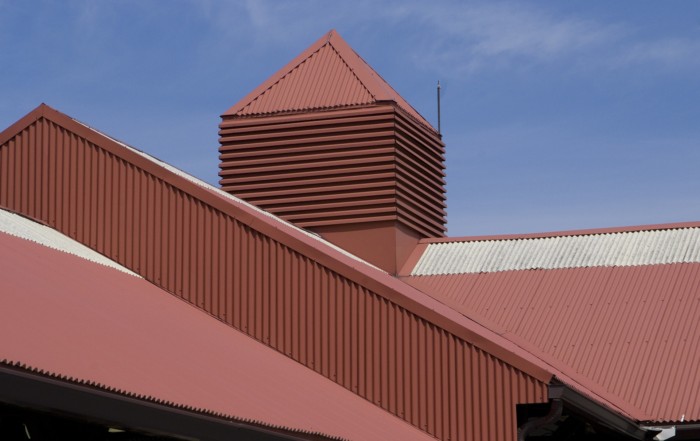In previous blogs, we have discussed the areas on your roof which should be inspected if you have a mysterious, persistent roof leak with no readily obvious source. We have advised that one of the areas on the roof which may be allowing water intrusion is around the roof flashing.
This blog will discuss what roof flashing actually is, and how you can maintain its integrity in order to prevent leaks.

Information on Roof Flashing
Flashing refers to thin pieces of impenetrable material installed in order to prevent water intrusion into a structure. Installed as a sealer around joints, flashing is part of a weather resistant barrier system used to protect chimneys, vent pipes, walls, windows and door openings. These flashings make buildings more durable, watertight, and able to minimize indoor mold problems. Flashing materials are generally metal, and can be comprised of lead, aluminum, copper, stainless steel, zinc alloy, and other materials. Galvanized sheet metal is the most common component of metal roof flashing.
Flashings are the most technical and most complex aspect of roofing in many cases. Traditional roof flashing methods and materials require experience and are time-consuming to properly install. The skills of a professional Sarasota roofer are an important asset with these types of installations. Professional roofers generally cut and shape their own flashing materials from sheet metal, but they can also be purchased pre-formed. Flashing materials which are susceptible to should always be properly painted. Although installation is sometimes difficult, repairs are generally easy – in fact, most flashing problems can be patched or repaired using caulk or roofing cement.
For roof flashing to be effective, it must be durable, easy to maintain and weather resistant. Flashing should also be installed in such a way to accommodate any movement due to expansion and contraction of roofing materials (which occurs due to temperature changes). Their installation must be able to withstand the stresses that roof flashing experiences here in South Florida, including extreme weather, high winds or excessive heat.
When Roof Flashing Fails
The purpose of roof flashing is to divert water away from joints and areas of the roof. These areas are where water intrusion is most likely to occur, and flashing helps to prevent such leaks. If you are experiencing a roof leak and do not see any discernible problems with the main roofing materials (tile or shingle), check the areas around the flashing and call a professional roofer immediately.
Avery Roof Services provides expert residential roof installation and repair for residents across the Sarasota area. Whether you are looking to install a new tile roof or need a repair to your asphalt shingles, we are the first call to make. We are also available to perform annual roof inspections, assessments for insurance, or even for standard roof cleaning. No matter what your roofing issue or project, give us a call.









